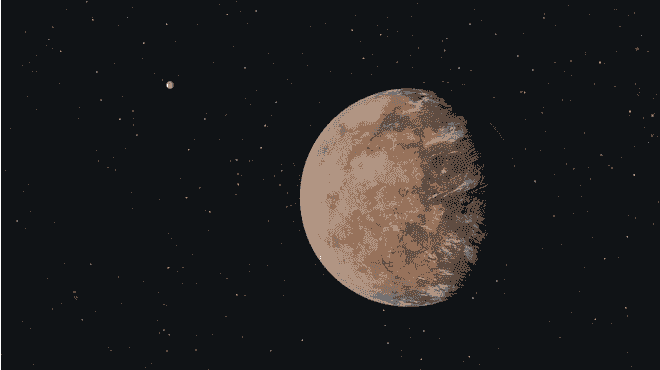NASA has uncovered a potentially habitable planet of Earth’s size. Tuesday, the finding was presented at the 241st meeting of the American Astronomical Society in Seattle, Washington.
According to Emily Gilbert, a postdoctoral scholar at NASA’s Jet Propulsion Laboratory in Southern California, This is one of the few known systems with numerous tiny planets in the habitable zone.
NASA Finds New Planet
The name of the newly discovered planet is TOI 700 e. NASA has formerly discovered TOI 700 b, c, and d. Like its recently discovered counterpart, D is believed to orbit within a habitable zone.
The system known as TOI 700 derives from a small, cool, red dwarf star sequence. Red dwarfs are diminutive in comparison to the Sun. In fact, according to NASA, they are the tiniest stars in the main sequence.
NASA describes a habitable zone as the range of distances from a star where liquid surface water may have once existed on a planet.
Read more: Paramount sued by Romeo and Juliet stars for $500 million over underage nude scene in 1968 film
James Webb Space Telescope Discovery

In addition, NASA’s James Webb Space Telescope has discovered its first planet, which resembles Earth closely.
According to experts, the planet is nearly identical in size to our own planet, and the precision of the JWST allows them to be extremely confident in their observations.
It is anticipated that this is only the beginning of the planets discovered by NASA’s new satellite telescope. In addition, as the only telescope capable of characterizing the atmospheres of distant planets, it will be able to see these worlds in greater detail than ever before.
However, scientists have only been able to determine what is not present in the atmosphere of the planet. For instance, it cannot have an atmosphere dominated by methane like Saturn’s moon Titan.
Over time, scientists hope to be able to better characterize the atmosphere of the faraway planet. The findings also demonstrate the utility of JWST for researching other planets, with many more discoveries anticipated in the next weeks and months.
There are still many unknowns regarding the earth. However, first investigations have shown that it has a diameter 99 percent that of Earth and is a few hundred degrees hotter than our planet.
Small, rocky planets have remained elusive due to the need for sophisticated technologies to detect them. The new findings suggest, however, that the enhanced power of the JWST will make it quite simple to observe them with the new equipment.
Read more: Britain’s Virgin LauncherOne nears launching from Spaceport Cornwall; How long will the launch take?


